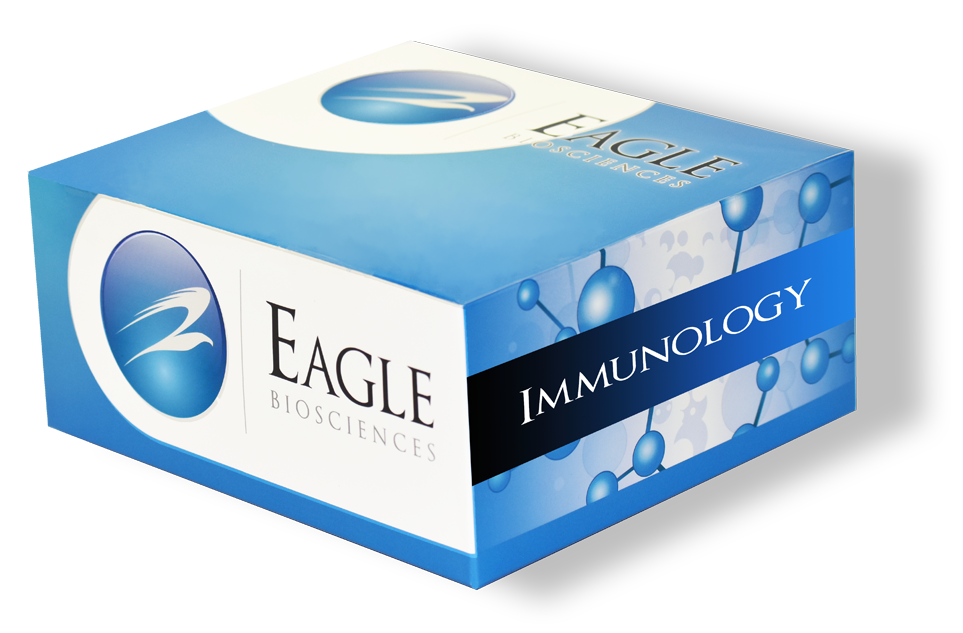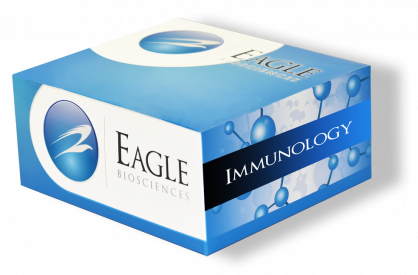C3d ELISA Assay Kit
The C3d ELISA Assay Kit is For Research Use Only
Sizes: 1 x 96 wells
Sensitivity: 0.2 ng/mL
Dynamic Range: 0.2 – 15 ng/mL
Sample Size: 100 uL
Incubation Time: 1 hour 15 minutes
Sample Type: Serum and Plasma
Controls Not Included
Assay Background
The complement system plays important roles in both innate and adaptive immune response and can produce an inflammatory and protective reaction to challenges from pathogens before an adaptive response can occur. It consists of a complex family of proteins and receptors which are found in the circulation, in tissues and other body-fluids. There are three pathways of complement activation. The classical pathway is initiated by Immune complexes; the lectin pathway by surface bound lectins; and the alternative pathway by all the surfaces that are not specifically protected against it. Each generates a C3 convertase, a serine protease that cleaves the central complement protein C3, and generates the major cleavage fragment C3b. The C3 and C5 convertases are enzymatic complexes that initiate and amplify the activity of the complement pathways and ultimately generate the cytolytic MAC. The synthesis of C3 is tissue-specific and is modulated in response to a variety of stimulatory agents. After cleavage by C3 convertase the anaphylotoxin C3a and activating C3b are formed. When bound to the cell surface C3b forms the start of the terminal pathway of complement by initiating the formation of the C5 convertase. Further cleavage of C3b by trypsin-like enzymes lead to formation of iC3b and subsequently C3c and C3dg. The latter digested to leave C3d. The formation of C3dg into C3d in blood is a slow step. As a result the majority will be C3dg. C3 has a molecular weight of app. 185kDa and is the most abundant protein of the complement system with serum protein levels of about 1.3 mg/ml. C3dg is a non-glycosylated single chain protein of 38.9 KDa. Most assays cannot distinguish between the different C3 proteins. C3 activation products are involved in a number of diseases like transplantation rejection, kidney diseases, AMD and inflammatory diseases. Surface bound C3 proteins also have role, eg via complement receptor2 (CR2), in regulating the adaptive immune response. Therefore
complement fragments serve as biomarkers for many of these diseases. The binding of C3dg to the cell membrane is rather unstable, leading to release of the protein. As end product of C3 activation, this makes it an attractive diagnostic biomarker. Instead of C3 & C4 it reflects more ongoing complement activation. Most antibodies, although recognizing an epitope on the C3d part of the alpha chain, do not differentiate between the native and activated C3 proteins.
Related Products
Rat Classical Complement Pathway ELISA Assay Kit
Mouse Classical Complement Pathway ELISA Assay Kit
Pig Lectin Complement Pathway ELISA Assay Kit
Pig Alternative Complement Pathway ELISA Assay Kit


